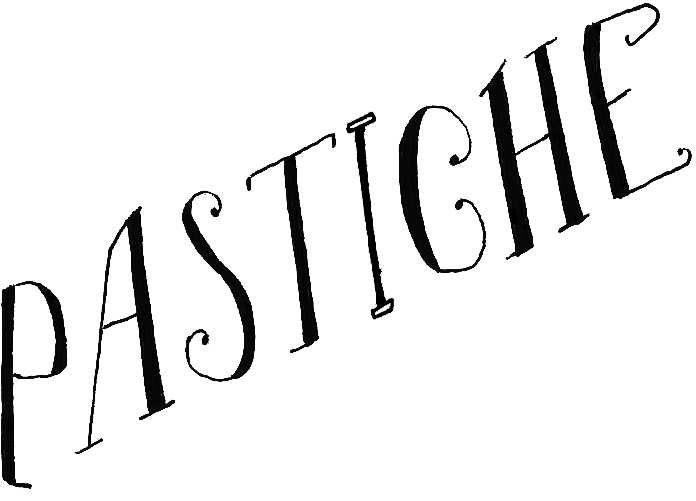DIY watercolor cards with calligraphy and glitter
If you've been reading along on here, you know how I feel about all things stationery and all things greeting cards, especially. This DIY project is relaxing and cathartic—watercolor painting is best learned by practice and experimentation—and there is not really such thing as right or wrong. I don't think there's a perfect set of steps to follow, but there are some tips/guidelines/hints that I have found to be very helpful in working with watercolors that I will discuss in a bit.
Here's what you need
Plain white cards and envelopes (with extras)
Watercolor paints
A cup (or two) of water
Plastic paint palette (for mixing up paint)
Paint brushes
Calligraphy pen
Glue pen
Loose glitter
Here are my watercolor painting guidelines
- Practice first! Use an extra card as scrap paper, or use a watercolor pad as a scratch pad. Get used to the various looks of using more water, less water, different brushes, etc.
- Because you're working with watercolor paint, you will be using quite a bit of water! To get the thin transparent look that most people associate with watercolors, you need to be using a little bit of color mixed with a lot of water. But if you want a more opaque look, that's great too; just pay attention to the wateriness of the paint mixture you're using.
- Painting with watercolors is fairly forgiving, so as you play around, don't rip up the card when you've done a stroke or used a color you don't like the look of. The card is most likely not ruined, so try using the brush dipped in more water or a bit of a different color in it to smooth out what you're not crazy about.
- That being said, it's important to keep in mind that you might not love every result. Just cut yourself some slack, and remember that the goal is to experiment and produce even just one or two cards that you end up really liking—and learn for next time!
- I found that there are two general ways to work with watercolors: keep moving things and blending things while the surface is wet, or let layers dry to get a more covering effect. Again—play around! Find out what you like.
- A general technique that I found really helpful was to stick with various shades/compliments of one color, making blending much easier and producing a really natural watery look (i.e. shades of blue/green or shades of pink/coral).
- Change out your water frequently, and fully rinse paint brushes to avoid accidental mixing.
- Your card will look all bent and curled up when it's finished, but don't worry! You just need to flatten it over the course of a few days underneath heavy books or other objects to get its shape back. That being said, thicker card stock is better for watercolors because thin card stock will actually warp.
For the glittery stripe, I merely colored in the rectangular area with the glue pen, and quickly sprinkled the surface with glitter. I then shook the excess off, and flicked the back of the card a couple of times to shake off any stubborn but loose shimmers. Ta-da!
The above "monster" card came about entirely by accident/mistake—I was trying a drip technique by adding a lot of very watery color to a section of the card and moving the card around while the color drips and slides around on the surface. It seemed to NOT be working, but I ended up thinking the final product looked like some version of a monster, so I added the famous quote from Where the Wild Things Are and now it's one of my favorite ones that I made.
Make sure any calligraphy writing you do is the very last step, and make sure that the card is completely dry first. The writing over the paint may still not be perfect, but remember it's part of what makes these water color cards so lovely and unique.
The birthday candles were simple—just a few thin swipes of glue pen, sprinkle on the glitter, and shake off the excess. To make the flame, I used more opaque yellow/orange paint, topped with a couple little hints of orange within the yellow.
Such a sweet homemade giveaway that is both unique and professional looking! That's my kind of DIY.
